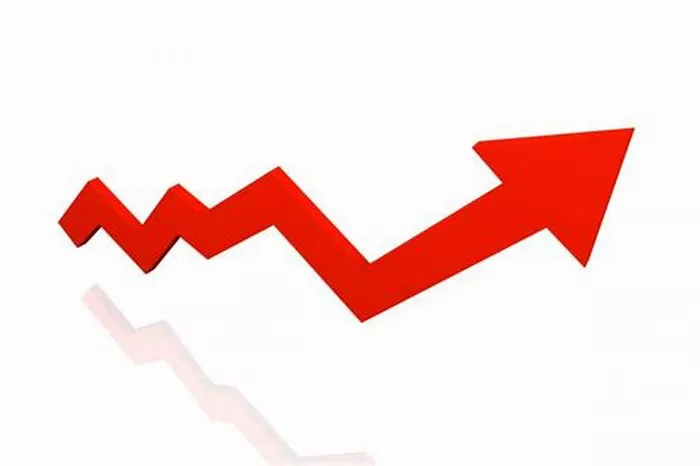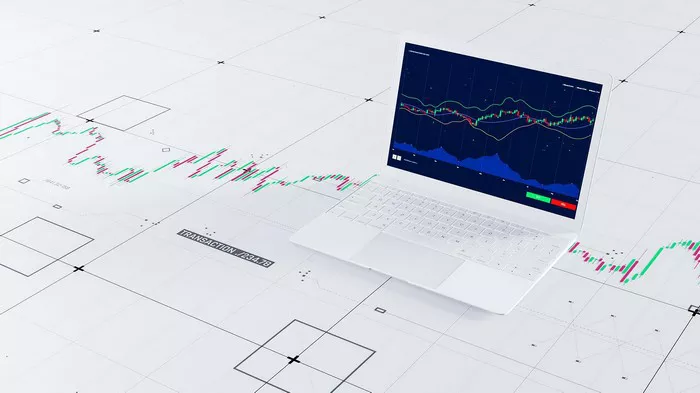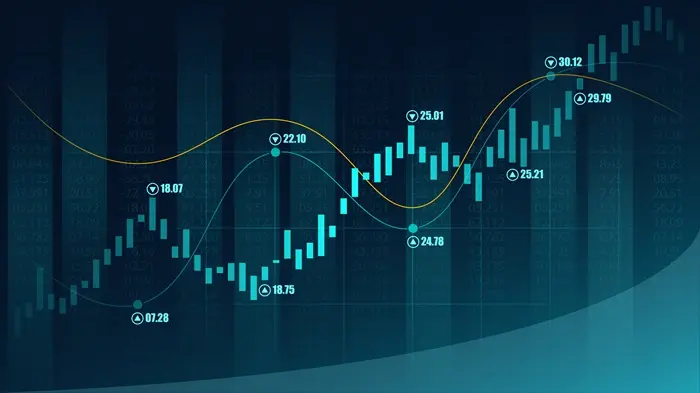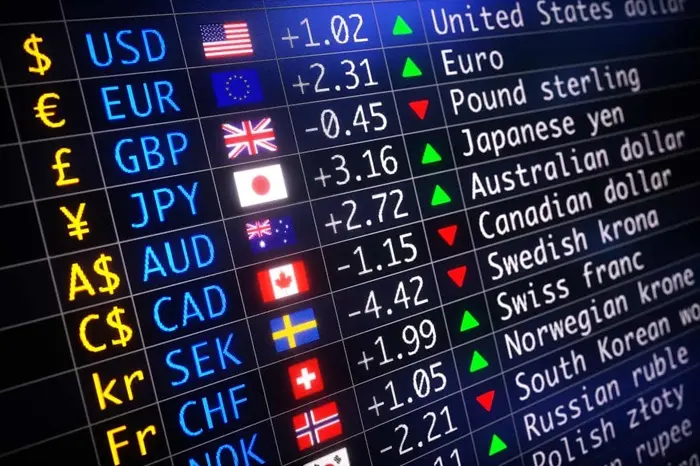U.S. equity futures fell, while the dollar and gold saw gains as investors moved away from risk following President Donald Trump’s decision to impose a 25% tariff on all U.S. imports of steel and aluminum.
Both S&P 500 and Nasdaq 100 contracts showed declines, while the dollar strengthened further. The dollar index rose after Monday’s gain. Gold prices surged briefly above $2,921 on Tuesday, marking a new high. Stocks in Hong Kong and mainland China fluctuated, while markets in Japan remained closed for a holiday.
Trump’s Tariff Policy
Trump’s tariff announcement affects steel and aluminum imports from all countries, including major suppliers like Mexico and Canada. The tariffs are set to take effect on March 4, though Trump mentioned he might exempt Australia. He also suggested that reciprocal tariffs on U.S. imports could be announced later this week.
Hartmut Issel, Head of APAC Equities and Credit at UBS Wealth Management, stated that tariffs should not be disregarded, emphasizing the importance of a balanced investment strategy to manage risks from such policies.
Focus Shifts to Inflation and Fed Testimony
Alongside the tariff developments, investors are preparing for key economic data this week, particularly inflation figures and Federal Reserve Chair Jerome Powell’s testimony before Congress. According to the New York Fed’s Survey of Consumer Expectations, inflation expectations for the next year and three years remained unchanged at 3% in January.
Chris Larkin from E*Trade at Morgan Stanley suggested that inflation data, Powell’s testimony, and tariffs will drive the market’s direction. He added that the S&P 500 may need some relief from recent negative factors such as tariffs and weak consumer sentiment in order to break its two-month consolidation phase.
Tech Stocks Lead Wall Street Rally
Technology stocks continued their strong performance on Wall Street. Nvidia Corp. extended a five-day surge to 15%, while Meta Platforms Inc. rose for the 16th consecutive session. U.S. Steel Corp. and Alcoa Corp. also saw gains in response to rising metal prices. Meanwhile, an index of Chinese stocks listed in the U.S. rose for the third day in a row.
Hedge funds, shifting away from their previously bearish stance, became significant buyers of U.S. stocks last week. They capitalized on stronger-than-expected earnings reports, purchasing equities at the fastest pace since November. The highest buying activity was seen in the information technology sector, according to Goldman Sachs Group’s report.
S&P 500 and Market Performance
On Monday, the S&P 500 gained 0.7%, and the Nasdaq 100 rose 1.2%. The yield on 10-year U.S. Treasuries remained stable at 4.5%. The Bloomberg Dollar Spot Index increased by 0.2%, while gold prices rose above $2,900 an ounce. Oil prices also saw an increase as concerns over a potential supply glut eased due to shrinking Russian production.
Market Outlook Amid Tariff Risks
Deutsche Bank strategists, including Binky Chadha, warned that the strength of stocks in response to the tariffs could lead to further trade escalations. They anticipate potential equity pullbacks, drawing comparisons to past geopolitical shocks, where markets saw sharp but short-lived selloffs. Historically, equities would drop 6%-8% for about three weeks before recovering.
Christian Floro from Principal Asset Management added that the biggest market risk comes from policy unpredictability. In such an environment, diversification is key to managing portfolio risks and seizing opportunities as markets and companies adjust to changing conditions.
Related topics:

























